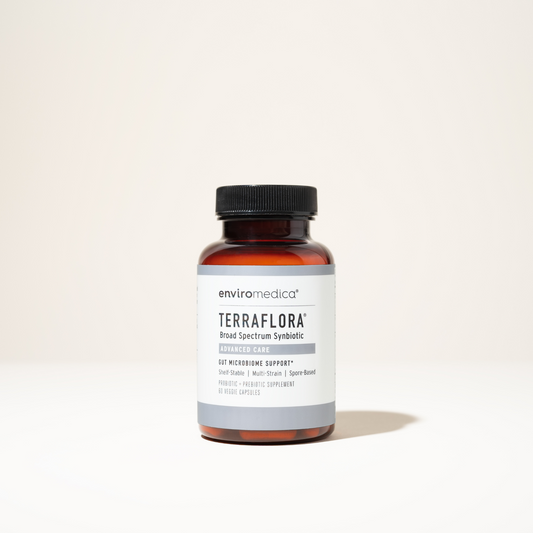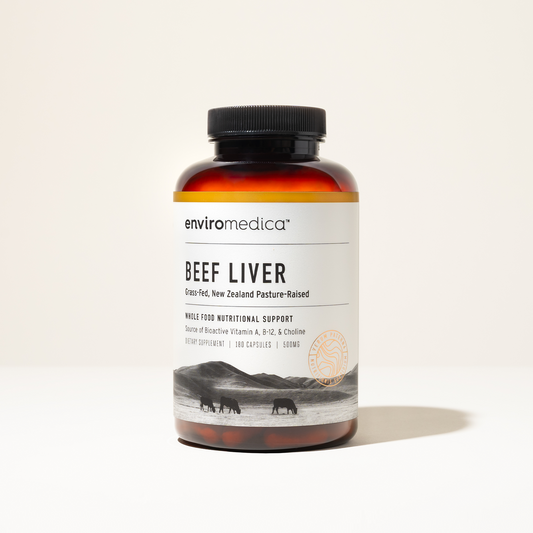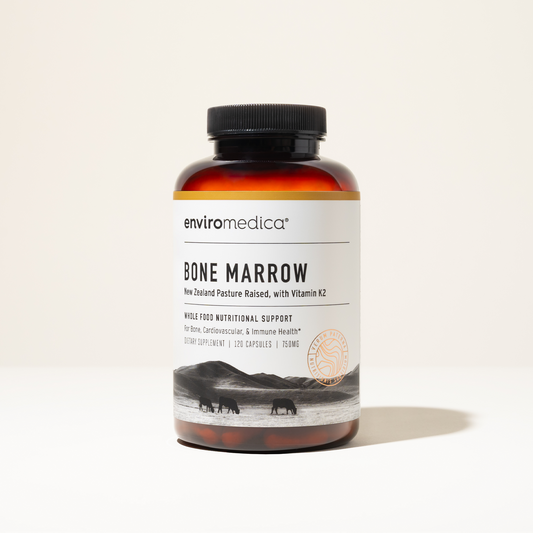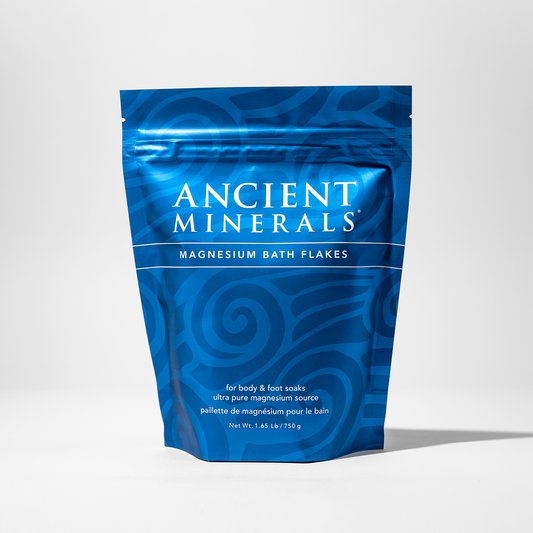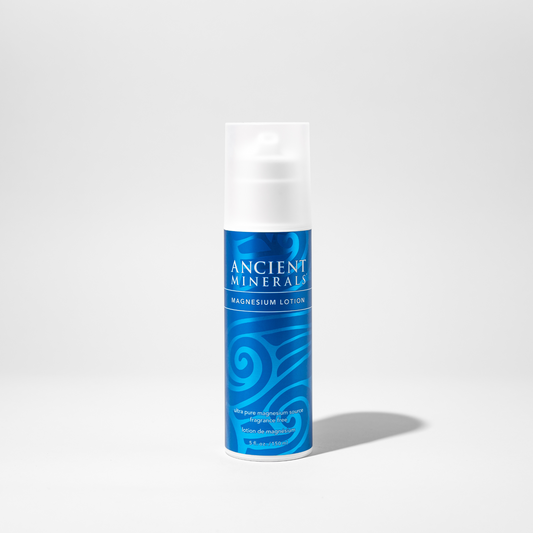What is a phage?
A bacteriophage or phage is a virus whose existence dates back to what some say Earth’s primordial times. The function of every type of bacteriophage is to target a specific type of bacteria. Some even see them as the natural mechanism that has allowed a certain order for species to develop and not be destroyed by bacteria. Although they have worked in the dark since the beginning, it is only quite recently that their existence and importance have been noticed.
The discovery of bacteriophages dates back to 1915 by Frederick W. Twort in Great Britain and 1917 by Félix d’Hérelle in France, independently. In a time when the human mind was at a stage of discovery, or rather, rediscovering the hidden secrets of our planet. Once Félix d’Hérelle saw the potential of bacteriophages, he devised therapies that would give humanity a fighting chance against the infestations of bacterial infections, plaguing people at the time. His phage therapies aimed towards helping patients fight against Vibrio cholera causing cholera and against a specific strain of Salmonella causing typhoid fever.
However, discoveries at that time were not surrounded to just phages. Penicillin, and ultimately the production of antibiotics seemed by many an easier therapeutic option and phage therapy was placed aside to collect the dust off a shelf.
Although the majority of the world had forgotten about nature’s ultimate bacteria eater, a few countries continued to maintain and grow their collection of bacteriophages and even continue phage therapies. Georgia and Russia in particular, to this day, have maintained the use of bacteriophages to address bacterial infections. Bacteriophage cocktails are also used in these countries during ecological disasters such as floods, as a preventative measure to reduce the risk of gastrointestinal infections in people.
The biology of bacteriophages
Those who know of bacteriophages, primarily see them as a treatment against resistant bacteria, however, there are other properties of a phage that have been used in other fields. There are two types of bacteriophages; lytic and lysogenic phages. Their unique biology has opened many doors in a range of fields.
Lytic bacteriophages, also known as virulent phages; are those that are used in therapies against resistant bacteria. They resemble soldiers that locate a bacterium of interest, insert their genetic makeup into the bacterium and begin to actively replicate inside the bacterium, resulting in the killing of the bacterium by bursting out from within the cell.
Lysogenic bacteriophages, also known as temperate phages; are similar to sleeper agents and their unique biology has been recognized particularly in the field of genetics. They operate in the interest of the bacterium as they insert their genetic makeup inside the bacterium’s DNA becoming a prophage and remain in the symbiotic state with the bacterium. The state of symbiosis allows the prophage to live and replicate with the bacterium host cell. If the sleeper agent phage finds itself in a situation where its existence is at risk, for instance; the death of the bacterium or exposure to UV radiation, amongst some of the risks, it can trigger its lytic cycle to have a fighting chance at survival. Treatment options are currently being explored that would primarily utilize the characteristics of lysogenic phages as a direct drug delivery system, going beyond just therapies against bacterial infections.
Both lytic and lysogenic phages share a common interest in that they only target a specific type bacterium or bacteria that are closely related to a specific bacterial family. This type of specificity makes bacteriophages ideal candidates for therapy as they do not cause harm to any other organisms that do not fall under their niche target.
Bacteriophage therapy
What is phage therapy? Phage therapy is the use of lytic bacteriophages to fight a bacterial infection.
Howe does phage therapy work? This type of therapy comes in 2 main approaches. The first approach is the intake of bacteriophage cocktails that are compiled of different bacteriophages that target specific types of bacteria. Since each phage is very specific towards the bacteria it targets, a selection of different phages allows the targeting of a variety of bacteria. For example; a phage cocktail may consist of phages that target commonly known bacteria in the gut or those that are known to cause bacterial infections in the ear, nose, and throat. Such cocktails can also be used for prophylactic or preventative treatments.
The second approach is a personalized bacteriophage treatment. Such a treatment consists of a culture taken from the patient, which is analyzed to identify what type of bacteria is present. Then bacteriophages that naturally target that type of bacteria are taken from the phage bank and are introduced to the cultivated samples. After 24 hours the laboratory is capable of determining which bacteriophage is best suited to battle the bacteria. The selected phage is then used for the preparation of treatment for the patient.
Bacteriophages and the 21st Century
Bacteriophages are literally found everywhere; in our environment, food, and even our bodies. They have been the invisible protectors against the never-ending battle against bacteria from the very beginning. However, apart from their natural programming, there is a lot of potential in the use of nature’s bacterial predators as therapies.
Currently, there are 3 main commercial pathways being looked at for bacteriophages:
1. Bacteriophages as supplements
The use of bacteriophages as a supplement1 is an approach that has been looked at with great interest. There was a time when all bacteria were considered bad for people, however, science has shown that bacteria are not all the same. There are good bacteria and bad bacteria for humans. For instance, we now know that Bifidobacterium and Lactobacillus are good bacteria known for the benefits of a healthy gut microbiota and are commonly found in probiotics.
The same situation can be said towards viruses. Although the term virus has a negative connotation, some viruses, such as lytic bacteriophages, are in fact fighting against a common enemy; a pathogenic bacterium. Bacteriophages used as a supplement rather than a medical prescription will allow another pathway for natural lytic bacteriophage to be available on the market.
2. Bacteriophages as medication
The use of bacteriophages as medication is currently in the grey area for many countries. This is because unlike antibiotics, bacteriophages need to be used as they are, in order for them to be effective. Their makeup cannot be replicated as a chemical, making them impossible to be patented. However, with the growth of bacteria becoming stronger and antibiotics becoming ineffective, every day bacteriophages are being looked at as an option to once again even out our odds against bacteria.
Today, there have been a handful of success stories where phages have been used as a compassionate therapy with patients who had exhausted all other options. In such cases, the phages were prepared in a specific sterile manner and even used intravenously or introduced to organs directly.
One of the biggest advantages of bacteriophages is their ability to naturally adapt to the evolution of bacteria, something antibiotics fail to do. This evolution gives phages an upper hand in comparison to any treatment against bacterial infections that are artificially created in a laboratory.
3. Modified bacteriophages
The third path for commercial bacteriophages is for patented phage treatments. Such treatments would require genetically modifying a lysogenic bacteriophage and therefore changing just enough of the natural makeup of the phage in order for the changes to reach the standards to be patented. Such modified bacteriophages are mainly looked at for treatments such as cancer.
Bacteriophages beyond medicine
Apart from the use of bacteriophages in medicine and healthcare, phages are also being looked at in other industries. Some of the most prominent industries are producing bacteriophages to be used for food safety and food contact surfaces, harvest interventions, aquaculture, veterinary and farm uses.
Highly resistant bacteria cause problems not only in humans but also in other living organisms. And even though numerous approaches have been looked at over the years, one of the major issues is no longer to simply win the battle against pathogenic bacteria. Today, the biggest concern is to have a fighting chance against bacteria, where the solution will not come at a high risk for the future, or become a greater problem in the coming years. To battle against harmful bacterial infections, lytic bacteriophages are capable of performing such a task as nature has intended for them, whilst also aiding in maintaining a healthy microbiome.2
About the Author:
Inna K, Owner & Editor of Bacteriophage.news
Bacteriophage.news is a virtual space that
provides resources, general news and research articles related to bacteriophages in a diversity of fields, as well
as patient stories using phage therapy.
References
-
1.
Andrey N. Shkoporov, Colin Hill,
Bacteriophages of the Human Gut: The “Known Unknown” of the Microbiome,
Cell Host & Microbe, Volume 25, Issue 2, 2019, Pages 195-209, ISSN 1931-3128, https://doi.org/10.1016/j.chom.2019.01.017 (http://www.sciencedirect.com/science/article/pii/S1931312819300575) - 2. Sausset, R., Petit, M.A., Gaboriau-Routhiau, V. et al. New insights into intestinal phages. Mucosal Immunol 13, 205–215 (2020). https://doi.org/10.1038/s41385-019-0250-5











